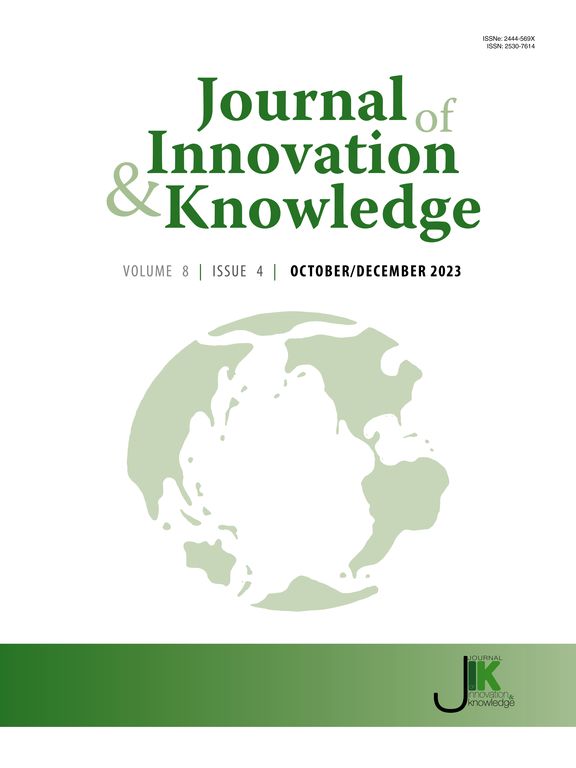Analyzing the impact of synergistic environmental regulations and local government competition on carbon neutrality goals
IF 15.6
1区 管理学
Q1 BUSINESS
引用次数: 0
Abstract
Integration and synergy of environmental policies is crucial for maximizing carbon reduction effects. This study investigates the heterogeneous impact of environmental policy synergy on carbon neutrality using panel data from 30 Chinese provinces between 2003 and 2022 and employing generalized quantile regression and spatial econometric models. The relevant findings are threefold. (1) The marginal impact of environmental policy synergy on per capita carbon emissions exhibits distinct structural characteristics across different positions in the conditional distribution of China’s per capita carbon emissions. (2) Significant heterogeneity is evident in the effects of various environmental policy synergy categories on carbon neutrality. Specifically, synergies between government and enterprise environmental regulation (ER), and government-and public-type ER effectively reduces per capita carbon emissions, contributing to carbon neutrality. In contrast, the synergy between enterprise and public-type ER policies increases per capita carbon emissions, while the synergy between all three types of ER policies does not significantly impact carbon emissions. (3) The direct effect of local government competition on per capita carbon emissions is negligible; however, government and corporate policy synergy results in increased per capita carbon emissions under government competition. This study reveals the heterogeneous effects of policy combinations, providing a dynamic decision-making basis for optimizing policy instruments in achieving carbon peaking and carbon neutrality.
分析协同环境法规和地方政府竞争对碳中和目标的影响
环境政策的整合和协同对于最大限度地减少碳排放至关重要。本文利用2003 - 2022年中国30个省份的面板数据,采用广义分位数回归和空间计量模型,研究了环境政策协同效应对碳中和的异质性影响。相关的发现有三个方面。(1)环境政策协同效应对人均碳排放的边际影响在中国人均碳排放条件分布的不同位置上呈现出明显的结构特征。(2)各环境政策协同类别对碳中和的影响存在显著异质性。具体而言,政府和企业环境监管、政府和公共型环境监管之间的协同作用有效地降低了人均碳排放量,有助于实现碳中和。相比之下,企业型和公共型ER政策的协同效应增加了人均碳排放,而三种ER政策的协同效应对碳排放的影响不显著。(3)地方政府竞争对人均碳排放的直接影响可以忽略不计;然而,在政府竞争下,政府与企业的政策协同效应导致人均碳排放量增加。本研究揭示了政策组合的异质性效应,为优化政策工具实现碳峰值和碳中和提供了动态决策依据。
本文章由计算机程序翻译,如有差异,请以英文原文为准。
求助全文
约1分钟内获得全文
求助全文
来源期刊

Journal of Innovation & Knowledge
Multiple-
CiteScore
16.10
自引率
12.70%
发文量
118
审稿时长
37 days
期刊介绍:
The Journal of Innovation and Knowledge (JIK) explores how innovation drives knowledge creation and vice versa, emphasizing that not all innovation leads to knowledge, but enduring innovation across diverse fields fosters theory and knowledge. JIK invites papers on innovations enhancing or generating knowledge, covering innovation processes, structures, outcomes, and behaviors at various levels. Articles in JIK examine knowledge-related changes promoting innovation for societal best practices.
JIK serves as a platform for high-quality studies undergoing double-blind peer review, ensuring global dissemination to scholars, practitioners, and policymakers who recognize innovation and knowledge as economic drivers. It publishes theoretical articles, empirical studies, case studies, reviews, and other content, addressing current trends and emerging topics in innovation and knowledge. The journal welcomes suggestions for special issues and encourages articles to showcase contextual differences and lessons for a broad audience.
In essence, JIK is an interdisciplinary journal dedicated to advancing theoretical and practical innovations and knowledge across multiple fields, including Economics, Business and Management, Engineering, Science, and Education.
 求助内容:
求助内容: 应助结果提醒方式:
应助结果提醒方式:


